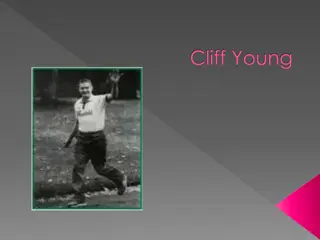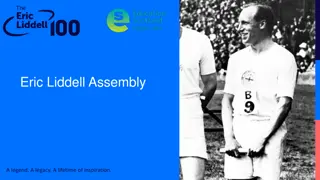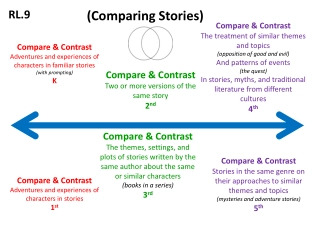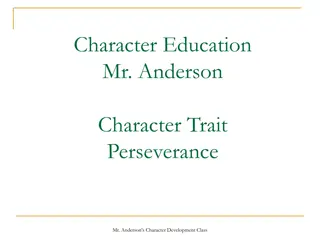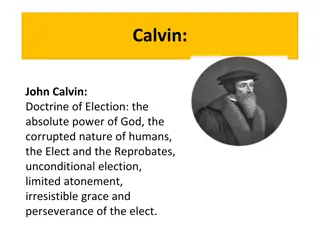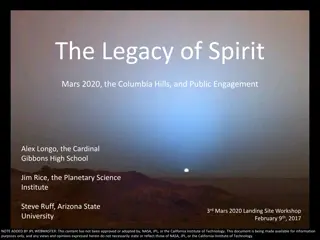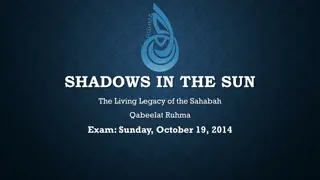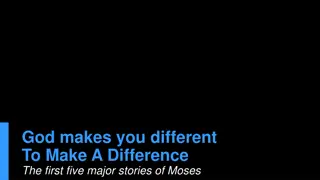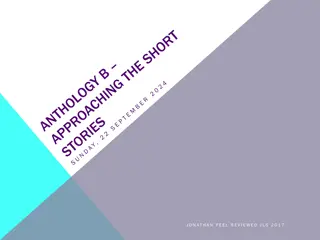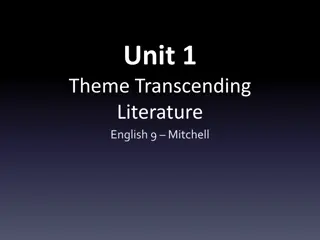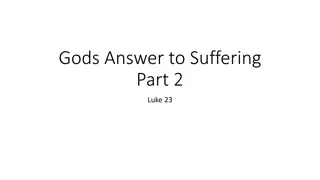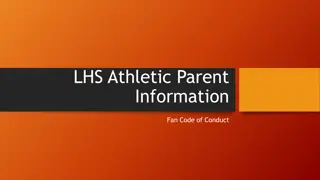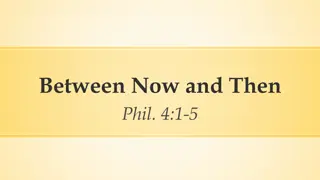Incredible Stories of Selflessness and Perseverance
Discover fascinating stories of selfless acts and determination in these snapshots. From cells sacrificing for the greater good to a heroic act on the sinking Titanic to Johnny Appleseed's mission to feed the hungry, these tales showcase the power of sacrifice and resilience. Learn how tiny cells play crucial roles in our bodies, witness the bravery of individuals in times of crisis, and be inspired by one man's lifelong dedication to planting apple trees. These narratives remind us of the remarkable deeds that can shape our world.
Download Presentation

Please find below an Image/Link to download the presentation.
The content on the website is provided AS IS for your information and personal use only. It may not be sold, licensed, or shared on other websites without obtaining consent from the author. Download presentation by click this link. If you encounter any issues during the download, it is possible that the publisher has removed the file from their server.
E N D
Presentation Transcript
22 / p.74 Reader s Bank Level 5 A cell is the smallest unit of an animal s body. In your body, there are a huge number of cells. Cells grow or become sick just like people do. However, did you know that some cells kill themselves to help other cells? This is very common. Why would cells decide to die? Some cells kill themselves to get rid of useless body parts. For example, tadpoles have tails. However, frogs no longer need tails. So the tail cells kill themselves, and the tail disappears. Other cells choose to die because they aren t healthy. Sick cells don t want to affect other healthy cells around them, so they kill themselves. That way, they prevent viruses or diseases from spreading. Like this, cells can do such remarkable things for our bodies.
23 _1 / p.76 Reader s Bank Level 5 In 1912, the Titanic, the world s biggest passenger ship, began its first journey from England to America with about 2, 200 people on board. Unfortunately, just four days after its departure, the ship struck an iceberg and started to sink. Everyone quickly tried to escape from the ship. However, there were not enough lifeboats to rescue all the people. The women and children were the first to transfer to the lifeboats. One woman helped her children get into a lifeboat, but there was no room for her, so she couldn t get on. Her children started crying, Mom! Mom!
23 _2 / p.76 Reader s Bank Level 5 Suddenly, a young woman called Miss Evans stood up and said, You can take my place. I don t have any children. The young woman went back to the sinking Titanic, and the children s mother got into the lifeboat. Soon after that, the Titanic sank into the deep, cold sea.
24 , _1 / p.78 Reader s Bank Level 5 Americans love apples. When Americans want to say that something is very American, they say it is as American as apple pie. They even call New York City the Big Apple. But apples were not always special in America. One man changed that. John Chapman was born in 1774. His father owned an apple field. So Johnny spent most of his childhood around apple trees. He loved the taste of apples, and he even liked their color and shape. Johnny s dream was to plant apple trees everywhere and to enjoy apples with other people. At that time, people were very poor, and many people didn t have enough food to eat. Johnny thought that apples would be a nice food for them.
24 , _2 / p.78 Reader s Bank Level 5 Luckily, Johnny managed to get some free apple seeds from apple juice makers and planted them all. Then, he found more seeds and new places to plant them. He enjoyed the work and kept planting apple trees. He spent 49 years of his life doing this work. Thanks to his efforts, apple trees soon spread everywhere in the U.S. The work fed many hungry Americans at the most difficult times in the nation s history.


